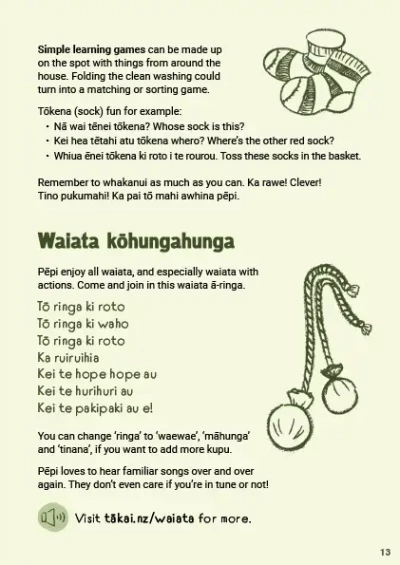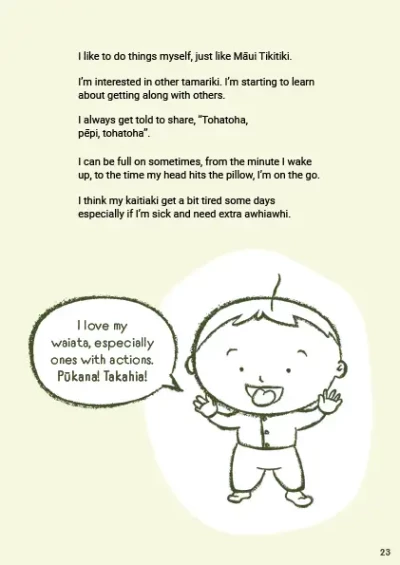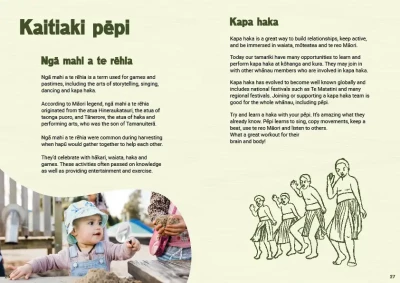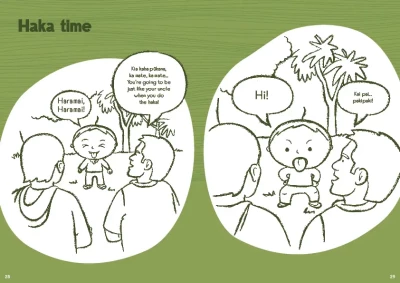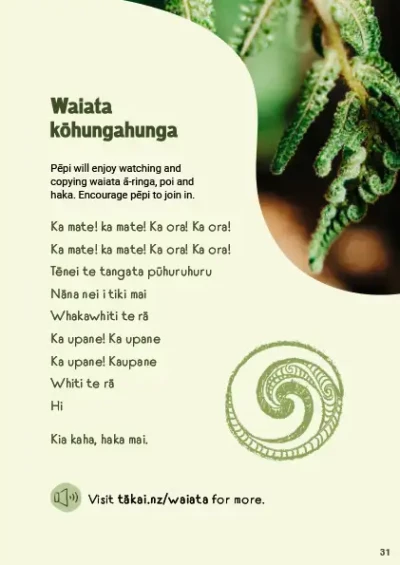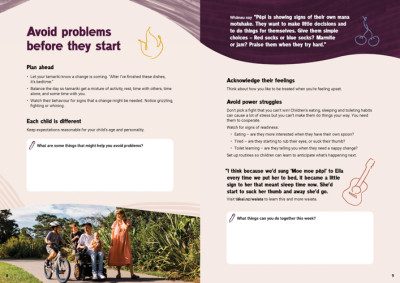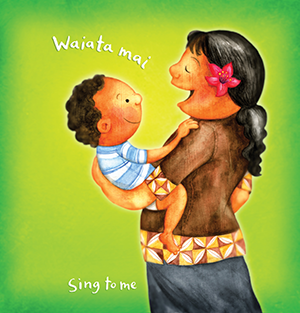[Music]
[Text on screen: Whānau talk about Waiata]
Bruce Aranga me tōna hoa wahine Beryl Aranga
Waiata is one of those mediums that convey expressions and emotions.
Vicky Ellison
What is waiata, hm, is it talking in rhythm?
Lana Simmonds-Donalson me tana tama a Benjamin Donaldson
Waiata is a universal language I think, and it’s something that anybody can listen to, and they don’t necessarily have to know what the words mean. You can tell just from how it sounds whether the singer is happy, sad, or excited. I think it’s really good as a leveler or a pacifier for maybe heated situations, or you can use it to, kind of, flare up a situation. It’s a very useful thing, a haka is very stirring whereas an oriori or a lullaby is to help you go to sleep.
Bruce Aranga me tōna hoa wahine Beryl Aranga
The cicada in the forest, his piece, or sings his song. The cow in the paddock, he sings his song. So, I find that waiata is that medium of expression to convey emotions and dialogue, I guess, communication. It’s a form of communication.
[Music]
[Text on screen: What are the benefits of waiata?]
Bruce Aranga
And waiata is that powerful medium of expression between you and your child, and you should use it appropriately and effectively and express all the joy you can.
Vicky Ellison
Children are born from an environment of rhythm, mother’s heartbeat. Rhythm and sound is part of their world. Ten weeks before they are born, a baby in utero, can hear. So, if it’s not only the rhythm of the beat of a mother’s heart that they’re used to, they can also hear sounds outside the womb. So, if a whānau is quite into singing waiata, music, that baby has already been exposed to those rhythms, and those words and those tunes before the baby is born. And a baby then, we’ve seen in studies where children respond to certain songs that they heard whilst they were in utero. So it just tells us how much a baby is able to pick up and the rhythmic sound of music they’re particularly responsive to.
Lana Simmonds-Donalson
I think waiata is important for young children because it helps them to learn words, and to learn or hear and experience different tunes and beats and sounds. They can get really excited by it and it’s one way of teaching them all of those things.
[Action: Singing and dancing with child in background]
If you feel lucky enough to be able to play music then you can do that or just putting on tapes, or CDs or DVDs, they seem to be really connected to it and, dance around without much provocation.
Pahia Turia
I mean I’ve always sung waiata to my tamariki, you know. And I suppose I’ve used waiata to do lots of things to teach them about, like for example, at the marae we’ve got waiata that teach them about the different carvings at our marae, you know, tekoteko, poupou, tūpuna. And I’ve used waiata to teach my tamariki about the different parts of their body, their tinana, you know, all of those types of things. I mean I’ve always sort of used waiata as, one, as a form of education because, you know, our tamariki generally retain things a lot easier when they’re done using either lullaby or waiata. So, yeah, it’s always been a big part and something that we do a lot of. Yeah.
Vicky Ellison
In terms of waiata with children and with family, waiata can be such a great learning tool for children. Like we’ve said earlier, how the brain thrives on repetition and waiata is a wonderful way to introduce a kaupapa to children.
[Music]
[Text on screen: How do you teach waiata?]
Jay Love me tana tamāhine Mourei Aroha Maniapoto - Love
Do parents need to be good singers to bring waiata in? I don’t think so. I think parents just need to attempt and have an honest attempt at singing. I know many parents think, you know, I’m flat and I can’t sing, but by just trying and the children learning from the parents.
[Action: Speaker singing a tune in the video]
Jay Love
Well for myself, the main thing about waiata is not the actual flatness and everything, it’s the words that are interwoven, and when you pass those onto the children they are never forgotten. A lot of adults think they can’t sing, and they just sort of shut the door on waiata. But, no, I think it’s important and they should just have a go.
Lana Simmonds-Donalson
Waiata can be really educational and stimulating for children, say, when they’re learning about their body parts there’s different songs for that, or learning vowel sounds and learning about colours and learning about birds and things like that, it’s educational. Sometimes, you know, it’s action packed because they’re jumping and they’re skipping, and they’re doing all those things. So, there’s a lot of fun in it I think for them.
Pahia Turia
If you were to put a kapa haka tape on you just look at the expressions and excitement on my little man’s face, that says a million things you know. As soon as he hears a haka, that’s him, he’s there, you know. You can just see the ihi and wehi, you know, he’s there. You can just sort of see it, he’s wanting to express himself. And it’s quite amazing because he’s only four yet he understands that that is a form of being able to express oneself, and it’s just amazing. You sort of sit there and you watch the faces of rangatahi and tamariki and, you know, pēpi. At kapa haka festivals you sort of sit there and you watch them. They just sit there in awe of, you know. And some of them wouldn’t even have the foggiest idea what the waiata itself is about but, you know, they just get that sense of that, wow, this is me, you know. I suppose it is that sort of I belong to that and that belongs to me.
[Music]
[Text on screen: Personal experiences with waiata]
Lana Simmonds-Donalson
I think it’s really effective. Sometimes when they’re just throwing all the toys out of the cot and they are just beside themselves and you’ll sing a favourite song, they stop, because you’re not playing their game you’re actually singing some other tune. And, I remember that tune and suddenly they’ve calmed down. I think it’s particularly why all these lullabies were written and oriori. The one I sing to my son and have sung to my girls was, Moemoe Pēpi, and it’s really short and easy and for me, I’m not very good at remembering long songs. So, yeah, they all know that one.
Interviewer:
And was it effective?
Lana Simmonds-Donalson
Absolutely, yeah, it’s really effective because even now when I put Benjamin into bed he says, “Moemoe pēpi?” And starts rubbing his own head, so that’s really good.
Pahia Turia
I mean, I always walked with my babies, you know, especially if my babies were a bit grizzly or found it hard to go to sleep, I’d always walk up and down the hallway of our whare, carrying our baby. And I’d just sing waiata over and over, and pātere, and oriori, and all those types of things, and basically sing them to sleep. It probably wasn’t a good habit that I developed because my daughter in particular wouldn’t go to sleep unless she was walked and sung to. But she’s a gun kaiwaiata now, so there you go, yeah.
Beryl Aranga
Two songs that I heard my parents singing in those days. One was Manu Rere, and the other one was Pōkarekare ana.
[Music]
[Group singing and swinging poi]
Auē, auē e te tau tahuri mai
Me he manu rere auē
Kua rere ki tō moenga
Ki te awhi tō tinana
Auē, auē, e te tau tahuri mai
Kei te moe tō tinana
Kei te wāke tō wairua
Kei te hotu te manawa
Auē, auē, e te tau tahuri mai
Auē, auē, e te tau tahuri mai
Tahi, rua, toru, whā
Hi!
[Music]

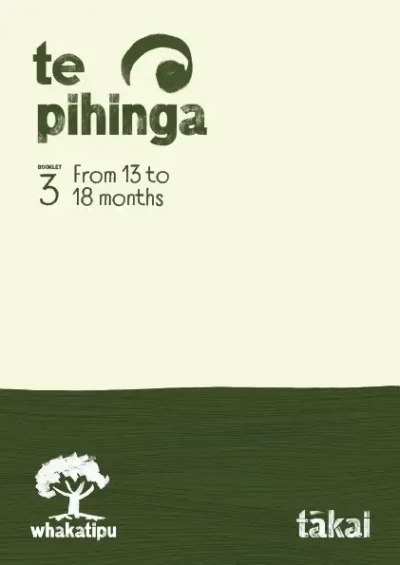 pdf 11 MB
pdf 11 MB
